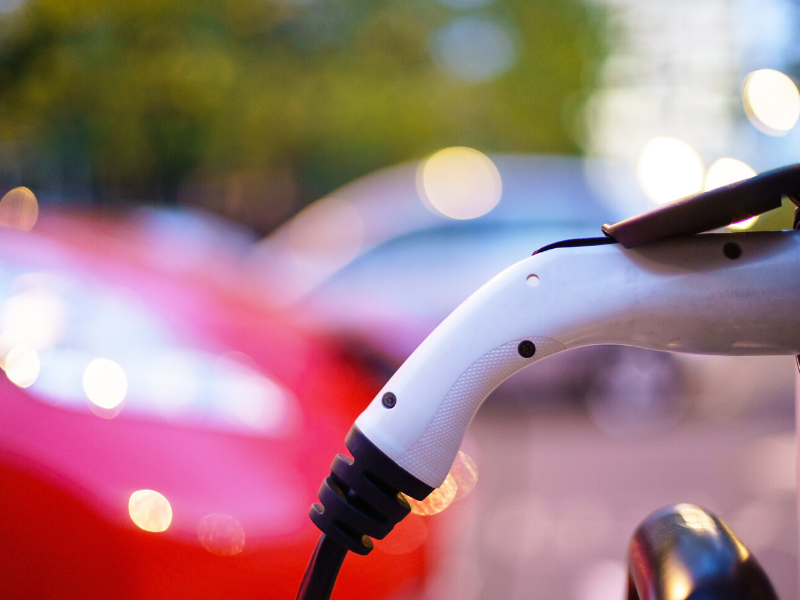12th November 2019
What is an electric vehicle?

When was the electric car first invented?
Electric cars are nothing new. Thomas Parker built the first in London in 1884 – one year before Karl Benz revealed his Benz Patent-Motorwagen, widely regarded as the first car.
Since then, electric cars have been largely overshadowed by their more popular petrol and diesel counterparts, but that’s all starting to change. The future of transportation is electric.
What is an electric vehicle?
Currently, an ultra low emission vehicle (ULEV) is any vehicle that emits less than 75g/km of CO2. Recognising advancements in technology, from 2021, a ULEV will be a car or van that emits less than 50g/km of CO2.
How do electric vehicles move?
The heart of an electric vehicle is the combination of:
- The electric motor
- The motor’s controller
- The batteries
The controller takes power from the batteries and delivers it to the motor. The accelerator pedal hooks to a pair of potentiometers (variable resistors), and these potentiometers provide the signal that tells the controller how much power it is supposed to deliver. The controller can deliver zero power (when the vehicle is stopped), full power (when the driver floors the accelerator pedal), or any power level in between.
Battery Electric Vehicles
The key components of a Battery Electric Vehicle are:
- Electric motor
- Inverter
- Battery
- Battery charger
- Controller
- Charging cable
Electric Motor
You will find electric motors in everything from juicers and toothbrushes, washing machines and dryers, to robots. They are familiar, reliable and very durable. Electric vehicle motors use AC power.
Inverter
An inverter is a device that converts DC power to the AC power used in an electric vehicle motor. The inverter can change the speed at which the motor rotates by adjusting the frequency of the alternating current. It can also increase or decrease the power or torque of the motor by adjusting the amplitude of the signal.
Batteries
An electric vehicle uses a battery to store electrical energy that is ready to use. A battery pack is made up of a number of cells that are grouped into modules. Once the battery has sufficient energy stored, the vehicle is ready to use.
Battery technology has improved hugely in recent years. Current EV batteries are lithium based. These have a very low rate of discharge. This means an EV should not lose charge if it isn’t driven for a few days, or even weeks.

Battery Charger
The battery charger converts the AC power available on our electricity network to DC power stored in a battery. It controls the voltage level of the battery cells by adjusting the rate of charge. It will also monitor the cell temperatures and control the charge to help keep the battery healthy.
Controller
The controller is like the brain of a vehicle, managing all of its parameters. It controls the rate of charge using information from the battery. It also translates pressure on the accelerator pedal to adjust speed in the motor inverter.
Charging Cable
A charging cable for standard charging is supplied with and stored in the vehicle. It’s used for charging at home or at standard public charge points. A fast charge point will have its own cable.
Stay tuned for part 3 next week, where we will be looking at the different types of electric vehicles.